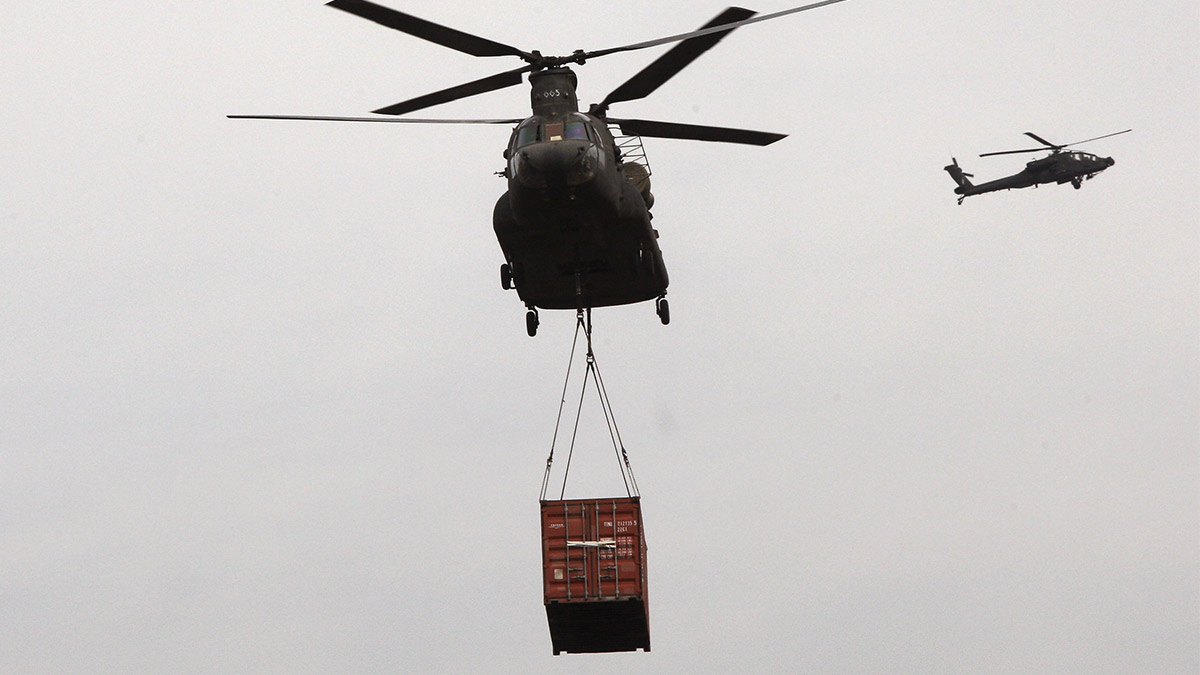RBA governor predicts ‘bumpy’ road ahead, rules out ‘helicopter money’

RBA governor Phil Lowe has ruled out the idea of 'helicopter money' in Australia. (Pic: Getty Images)
RBA governor Phil Lowe has provided an update on the central bank’s thinking as it helps the Australian economy navigate through the pandemic.
In an annual speech to the Anika Foundation, Lowe highlighted the historic level of job losses that resulted from the crisis.
But on the plus side, the overall decline in hours worked never reached the RBA’s worst fears of a 20 per cent drop, maxing out at more like 10 per cent.
And Lowe added that Australia’s labour market had now “turned the corner”, with hours worked increasing by 4 per cent in June.
While some of the hardest-hit sectors such as retail and cafes have been able to return staff to work in some jurisdictions, a potential slow-down in other areas means there’s still a “bumpy” road ahead.
In particular, Lowe cited anecdotal evidence from the construction sector along with professional services, which indicated while many firms had gotten by on their existing pipeline of projects, the slowdown in new work made for a more uncertain future.
But in comparison to other countries, the “foundations of the Australian economy are strong”, Lowe said. He added that the bank’s emergency monetary policy response measures — details of which are outlined here — had been effective in supporting the economy.
And together with fiscal stimulus, policy markers will continue to provide an important bridging function as part of the country’s economic recovery.
Modern Monetary Theory
Lowe also used his speech to address Modern Monetary Theory — a school of economic thought which has gained increased traction in the wake of record government spending measures to combat the pandemic.
One of the key tenets of MMT is that governments of nations with a sovereign currency (such as Australia) can adopt open-ended spending policies via the financing mechanism from the central bank, which effectively prints money and buys government bonds indefinitely.
But Lowe poured cold water on the idea of money creation to finance government spending, known colloquially as “helicopter money”.
Proponents of MMT argue that unchained government spending can be used as the primary catalyst for boosting employment and productivity.
Where taxes are involved, their use-case comes in later as a mechanism to control inflation and direct resources to key industries.
‘No free lunch’
But in Lowe’s view, “there is no free lunch”.
“The tab always has to be paid and it is paid out of taxes and government revenues in one form or another,” he said, whether that manifests as higher taxes or high interest rates.
“The message here is that somebody always pays. It certainly is possible for the central bank to change when and how the spending is paid for, but it is not possible to put aside the government’s budget constraint permanently.”
“Where countries have, in the past, sought to put aside this constraint the result has been high inflation.”
While ruling out unconstrained MMT in Australia, Lowe said leading experts in other major economies had broached the idea of targeted central bank financing, in the event policy makers’ objectives weren’t being met. But even those measures look unlikely on the domestic front.
“It is worth repeating that this proposal is only relevant to the situation where high government debt constrains the ability of the government to provide necessary fiscal stimulus financed through the normal channels. Clearly, it is not relevant to the situation we face in Australia,” Lowe said.
“So I want to make it very clear that monetary financing of fiscal policy is not an option under consideration in Australia, nor does it need to be.”
UNLOCK INSIGHTS
Discover the untold stories of emerging ASX stocks.
Daily news and expert analysis, it's free to subscribe.
By proceeding, you confirm you understand that we handle personal information in accordance with our Privacy Policy.








